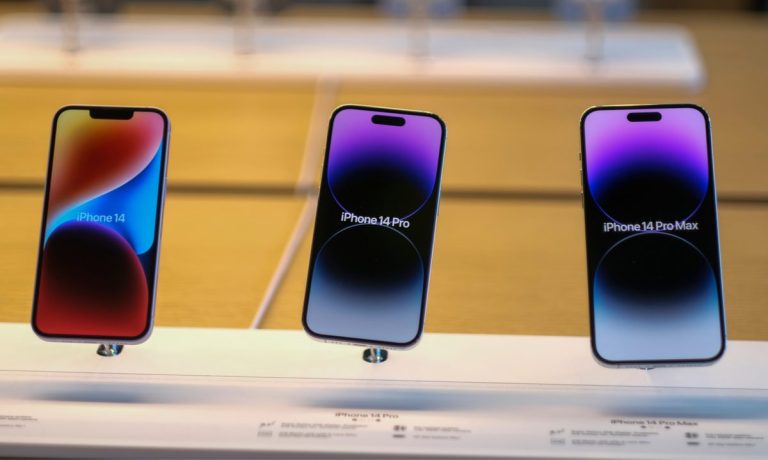iPhone 14 Demand Slows as 5G Fails to Find Killer Consumer Use Case

For next-generation hardware to move off the proverbial, the next generation of services, use cases and consumer enticements must be in the mix, too.
So far, though, if the relatively weak demand for Apple’s iPhone is any indication, 5G has yet to be the tailwind that some had hoped.
Simply put, the new wireless standard is still searching for its killer app — the use case(s) that will spur people to, by extension, run out to buy the new phones that will harness 5G’s promised data speed and capacity.
As reported this week, the tech giant is reducing at least some of its iPhone 14 production orders for the second half of this year by several million units. The pullback comes as the general smartphone market is expected to shrink by about 6.5% this year, per IDC projections.
So, Apple isn’t alone — but, we note, the breathless anticipation of the phones, announced earlier this month with high price tags, may wind up falling short.
Looking to Future-Proof
That’s because buying the new hardware would be a bit of future-proofing, where the consumer would have the phone in hand and would be effectively waiting for new services and use cases to be enabled. Coverage is far from ubiquitous as 5G continues to be, at present, limited to metropolitan areas that have the infrastructure in place to deploy the standard.
In fact, the use cases that are gaining traction, or poised to gain a wide following, are connected to 5G-powered instances that are tied to different hardware, and not necessarily smartphones. Take the metaverse and video games: These applications, data-rich and speed-reliant, are tethered, by and large, to gaming consoles (and not phones!) as their “main” conduits to reach consumers.
Elsewhere, PYMNTS’ data has shown that digital engagement, globally, is increasing slowly, and the use cases that are gaining the most ground include travel booking and transportation apps — not necessarily huge opportunities for 5G.
As for the timing of it all: Apple’s introduction, where the phone costs $999 for the basic iPhone 14 model, comes at a time when the most of us are living paycheck to paycheck. As PYMNTS has found, a significant majority of consumers are throttling back on all pretty much everything but non-essential expenses like groceries and gas.
Read more: Retailers Brace as 70% of US Consumers Skip Retail Purchases to Buy Groceries and Gas
Yes, Apple has installment plans in place to help make the financing of the phones a bit easier to swallow. But given the aforementioned pressures, as all sorts of expenses become more costly in an environment where inflation marches upward, taking on a pricey phone in this manner is no sure bet.
The carriers themselves are offering a range of promotions to spur the iPhone sales — and carriers like Verizon have stretched out their payment plans to three years from the traditional two years (which has the ripple effect of pushing out the renewal cycle for those consumers for a year).
Apple’s production caution casts a bit of a shadow over those efforts — at least for now.